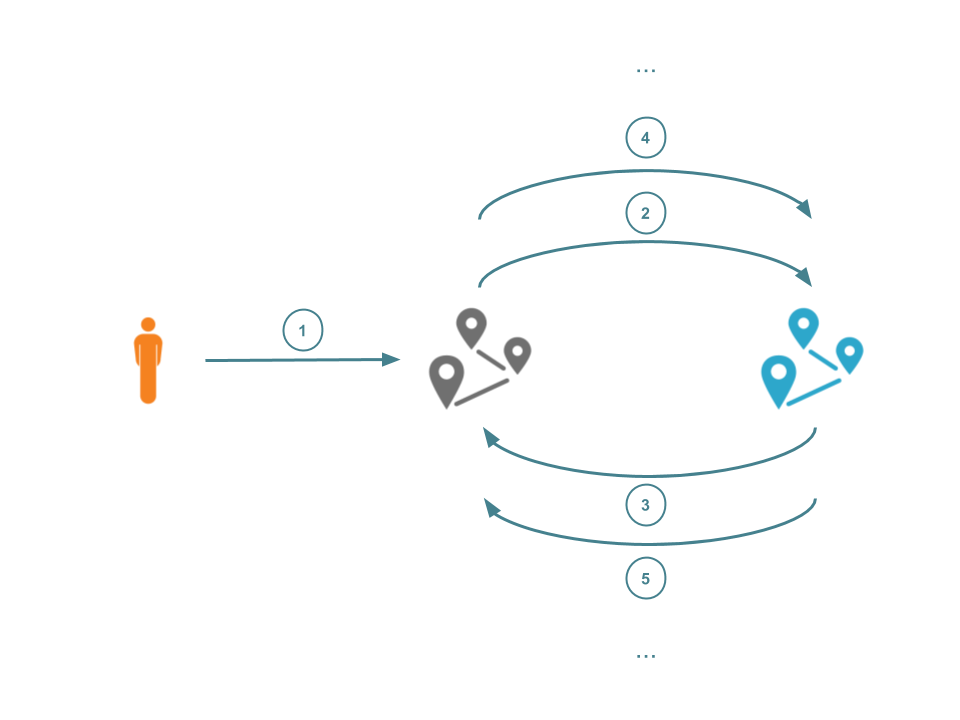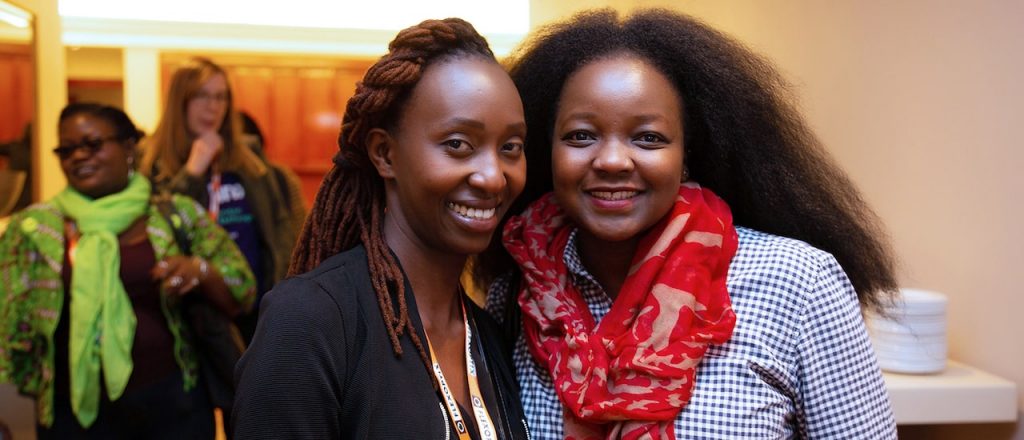Célébration du 1er anniversaire du chapitre Guinéen de l’Internet Society

Le Chapitre Guinéen de l’Internet Society (ISOC Guinée) a célébré son 1er anniversaire le 9 février 2019 dans la salle de conférence de l’université de Simbaya (UniSim) sous le thème «A la découverte de l’Internet, Histoire et perspectives de l’Internet et de son écosystème en Guinée». Cet important événement a réuni 150 personnes pour marquer la présence de l’Internet Society en Guinée à travers le chapitre et mutualiser les efforts pour la promotion et le développement d’un Internet ouvert, globalement connecté, sécurisé et digne de confiance pour tous en Guinée. L’opportunité a aussi été donnée aux participants et membres du chapitre ISOC Guinée de découvrir le plan d’action 2019 de l’Internet Society et voir comment cela peut se décliner en projets et activités concrètes au niveau local.
La célébration de ce 1er anniversaire du chapitre ISOC Guinée a été soutenue financièrement par le programme de financement Beyond the Net de l’Internet Society et autres partenaires locaux du chapitre dont l’université de Simbaya (UniSim).
Au cours de cette célébration, il a décidé de rendre la date du 30 décembre de chaque année comme une date historique pour le chapitre afin de renforcer les relations d’amitié et de fraternité entre Continue reading





 “When you deal with Kubernetes in the core of a network, dealing with quarterly updates is one...
“When you deal with Kubernetes in the core of a network, dealing with quarterly updates is one...